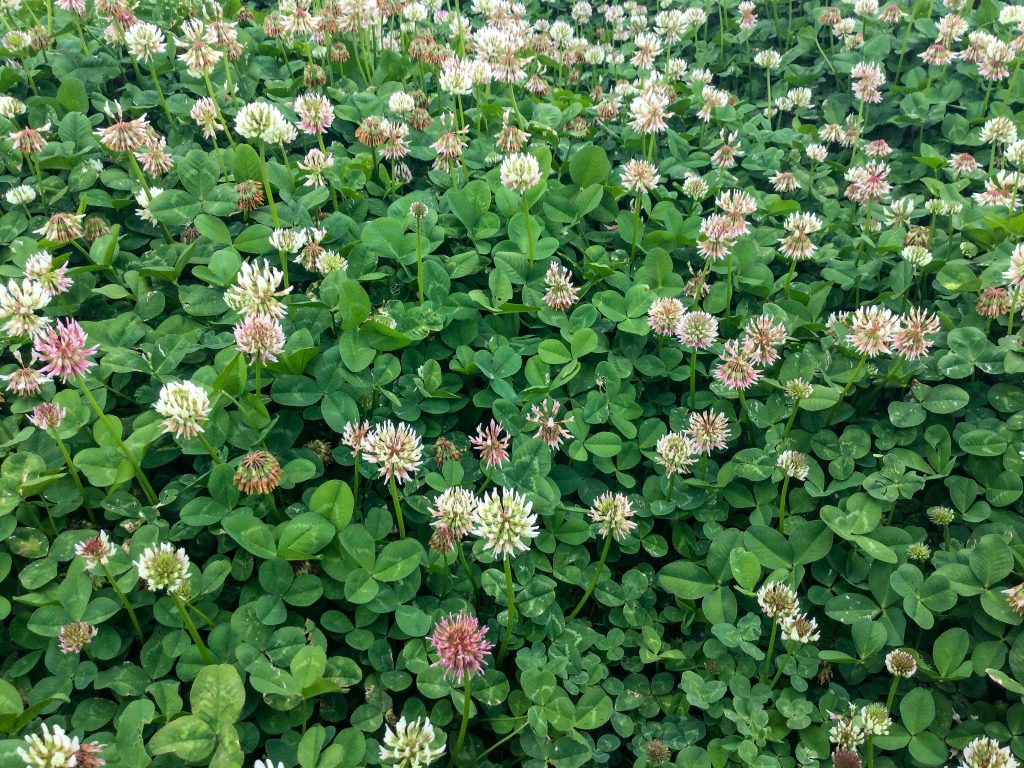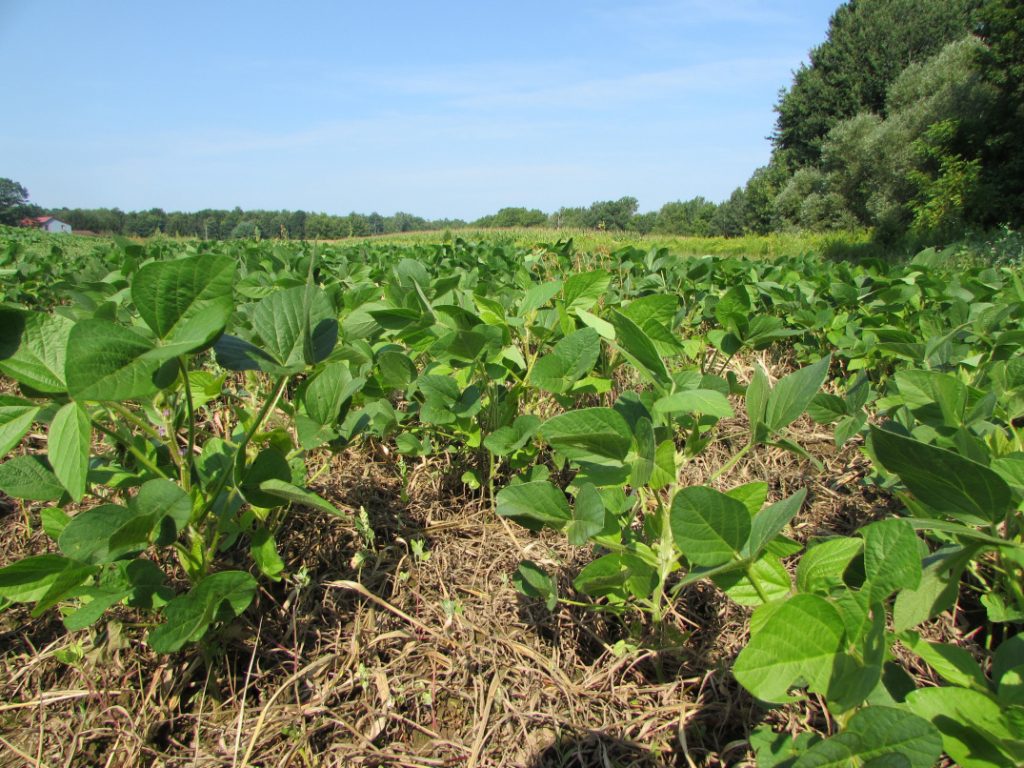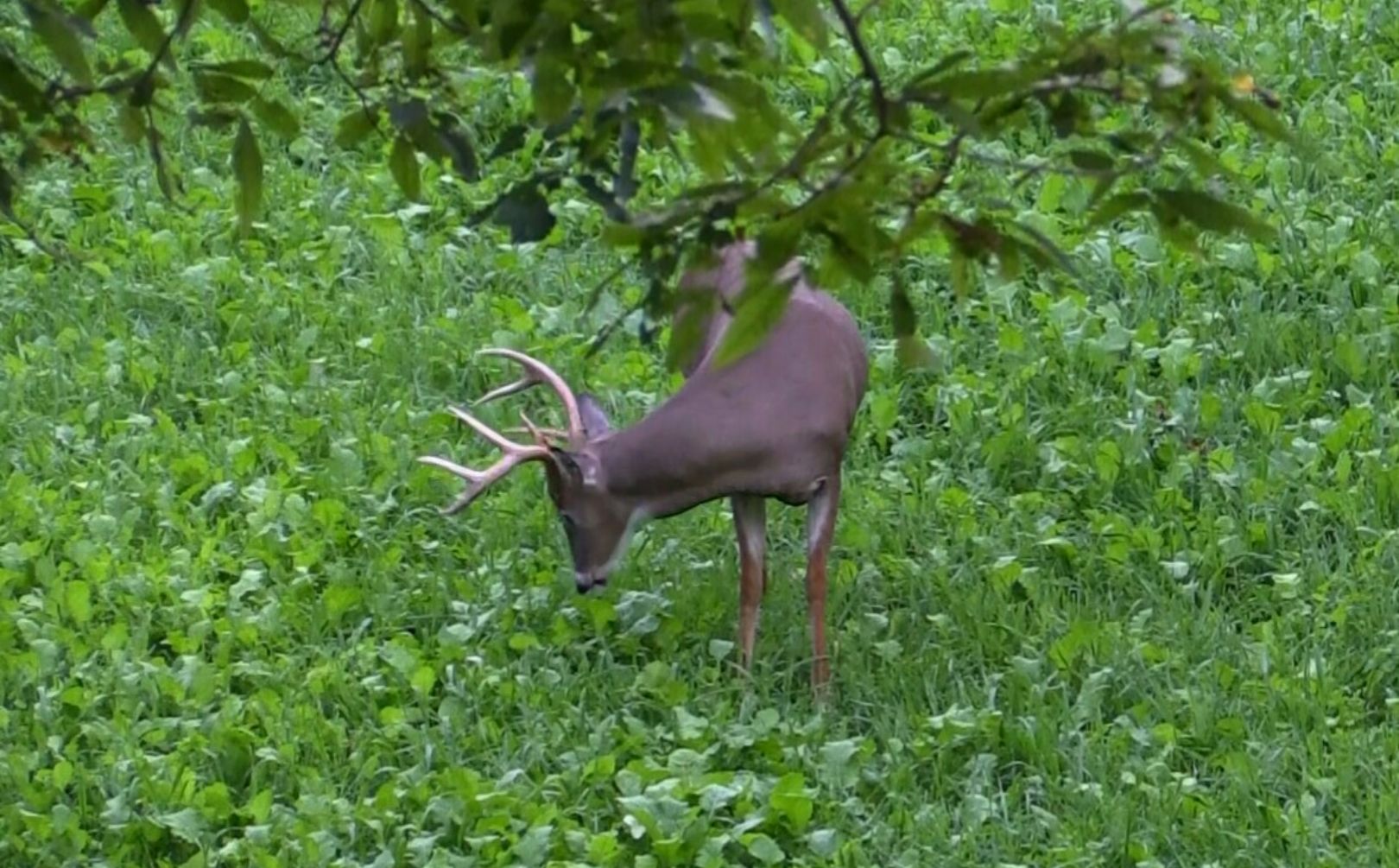Wildlife Food Plots
Wildlife food plots are planted, manicured, and managed areas or strips of land which serve as supplemental or emergency food sources to attract wildlife. They also provide wildlife with vital nutrition as well as provide landowners and hunters with increased recreational opportunities.
Throughout the Midwest, food plots are most commonly planted to attract wildlife game species such as white-tail deer and/or eastern wild turkey. Other wildlife species which are attracted to and may benefit from food plots are mourning dove, bobwhite quail, Canadian geese, pheasant, rabbit, as well as other small mammals, gamebirds and songbirds. Wildlife food plots are often planted with more than one target species in mind; the design options are endless!
Wildlife food plots usually consist of root vegetables/crops, legumes, grains, forbs, or a mixture of these. The specifics of what is chosen to plant and the overall design of the food plot is determined by the selected target wildlife species, site and soil characteristics, planting season, and landowner preference. It is important to know the recommended seeding rates and soil pH requirements when planting wildlife food plots. Proper soil and site preparation techniques as well as routine maintenance are key to successful food plots. The timing of the planting and cost of the plot varies greatly on the chosen plant composition, size of the plot, and planting method. Methods for planting food plots includes broadcast seeding, row sowing, and seed drilling. The recommended size for a wildlife food plot is half an acre to five acres and food plots should encompass 5% to 15% of the total available habitat acreage. For large woodlots or wilderness areas, planting a higher quantity of smaller food plots would be more beneficial than few, large food plots. Ideally, a well-designed wildlife property would have multiple food plots, connected by corridor strips planted with perennial food sources, to direct wildlife between food plots and bedding/cover areas.
We off an all-inclusive wildlife food plot service which includes plot design, soil sampling, custom fertilizer blends, custom seed blends, planting (with the use of a seed drill), as well as maintenance. Contact us for a quote or to set up a consultation to discuss wildlife food plot options for your property!


More information:
https://extension.purdue.edu/article/5991 – provides more information on creating food plots.

